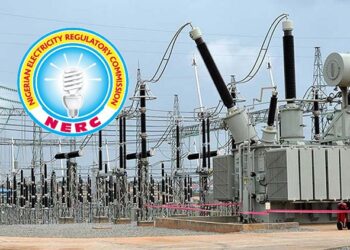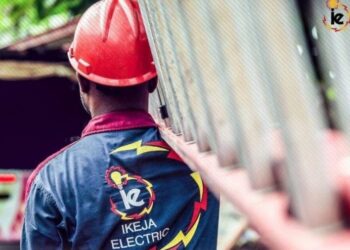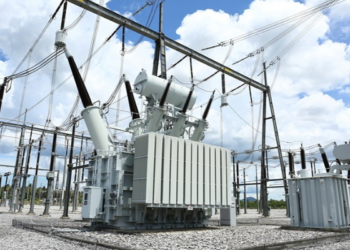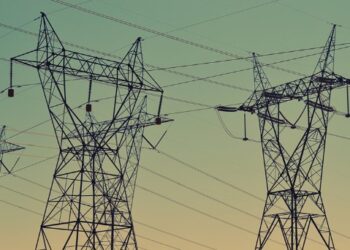The Association of Nigerian Private Medical Practitioners (ANPMP) has called on the Federal Government to extend its electricity tariff subsidy to private hospitals, requesting a 75%-100% subsidy.
This appeal follows the government’s recent decision to grant a 50% subsidy on electricity tariffs for public hospitals, aimed at reducing their operational costs and easing the financial burden on patients.
In a statement by Dr. Kayode Adesola, the National President of ANPMP, and Dr. Debo Adebiyi, the Secretary, emphasized the critical role private hospitals play in Nigeria’s healthcare system.
“Over 40% of our overheads go to energy provision, whether through electricity supplied by DISCOs or self-generated power. Our facilities are facing severe financial strain, and the current subsidy only for public hospitals leaves us at a disadvantage.” said Dr. Adesola.
The ANPMP leaders stressed that private hospitals, which provide about 70% of the country’s healthcare services, are essential to the system’s functioning.
“We have been at the forefront of advocating for energy subsidies for all health facilities, If the government believes that public hospitals need a 50% subsidy, then private hospitals should arguably benefit from a subsidy of between 75% to 100%.”
The statement also noted that many private hospitals have closed in the past 18 months due to rising operational costs and the ongoing brain drain among healthcare workers.
“Private facilities that have served the citizens of this country for over 103 years should not be abandoned now,”
“It is our responsibility to provide humanitarian services, and we need support to continue doing so.” the ANPMP statement read.
The ANPMP urged the government to ensure fairness and equity in its support for the healthcare sector, arguing that extending the electricity subsidy to private hospitals would help maintain their affordability and accessibility for the majority of Nigerians who rely on out-of-pocket payments.
Backstory
Many colleges and hospitals in Nigeria have expressed significant concern over the recent surge in electricity tariffs. This increase has placed a heavy financial burden on these institutions, which are already facing various challenges in providing essential services.
The proposed 50% subsidy, which was first mentioned by Minister of State for Health, Tunji Alausa, at the National Neo-Psychiatric Hospital in Barnawa, Kaduna State to alleviate the financial pressures faced by federal universities and teaching hospitals.
‘’the Federal Government will be offering a 50% subsidy on energy costs for all federal facilities. We hope this subsidy will support our facilities in delivering round-the-clock healthcare and enhance their service delivery.’’
However, the government clarified that this subsidy may only apply to 37 federal universities and seven affiliated teaching hospitals and will not extend to private businesses operating within these institutions.
The subsidy initiative, part of the federal government’s Energizing Education Programme (EEP), aims to address the unsustainable electricity costs reported by these educational and healthcare facilities.
The subsidy is seen as a critical measure to support public institutions, especially given their role in providing affordable healthcare and education
What you should know
The Nigerian Electricity Regulatory Commission (NERC) has implemented several tariff increases in recent years, leading to higher electricity bills for all consumers, including hospitals. Additionally, the rising cost of diesel used to power generators has further escalated hospitals’ electricity expenses.
The government stated that it removed the electricity subsidy because it was draining public resources and hindering the development of a more efficient and competitive electricity market.
They believe that eliminating these subsidies will encourage investment, foster competition, and lead to improved power supply. However, the removal of subsidies is expected to result in a significant increase in electricity tariffs, placing a heavy burden on consumers, especially low-income households.






















